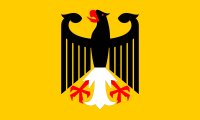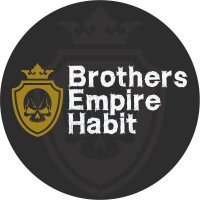On 22 September 1599, a group of merchants met and stated their intention "to venture in the pretended voyage to the East Indies (the which it may please the Lord to prosper), and the sums that they will adventure", committing £30,133. Two days later, "the Adventurers" reconvened and resolved to apply to the Queen for support of the project. Although their first attempt had not been completely successful, they nonetheless sought the Queen's unofficial approval to continue. They bought ships for their venture and increased their capital to £68,373.
The Adventurers convened again a year later, on 31 December, and this time they succeeded; the Queen granted a Royal Charter to "George, Earl of Cumberland, and 215 Knights, Aldermen, and Burgesses" under the name, Governor and Company of Merchants of London trading with the East Indies. For a period of fifteen years, the charter awarded the newly formed company a monopoly on English trade with all countries east of the Cape of Good Hope and west of the Straits of Magellan. Any traders in breach of the charter without a licence from the company were liable to forfeiture of their ships and cargo (half of which went to the Crown and the other half to the company), as well as imprisonment at the "royal pleasure".
The governance of the company was in the hands of one governor and 24 directors or "committees", who made up the Court of Directors. They, in turn, reported to the Court of Proprietors, which appointed them. Ten committees reported to the Court of Directors. According to tradition, business was initially transacted at the Nags Head Inn, opposite St Botolph's church in Bishopsgate, before moving to India House in Leadenhall Street.























